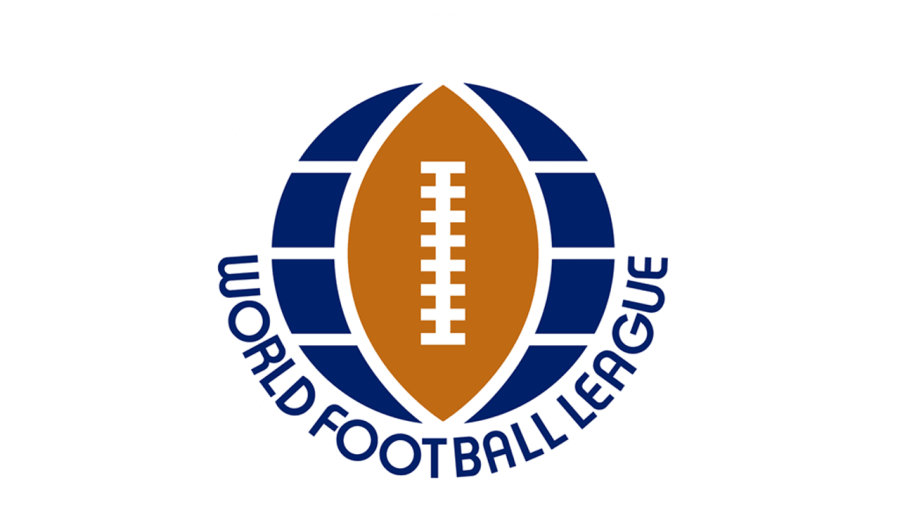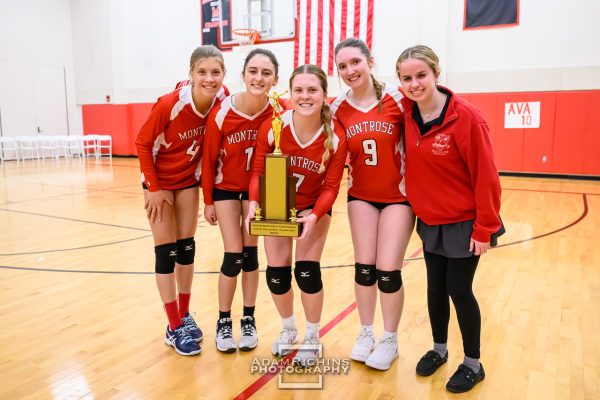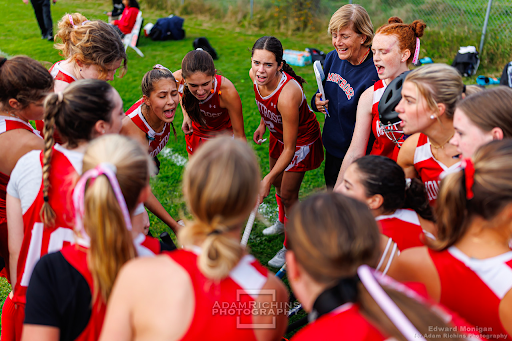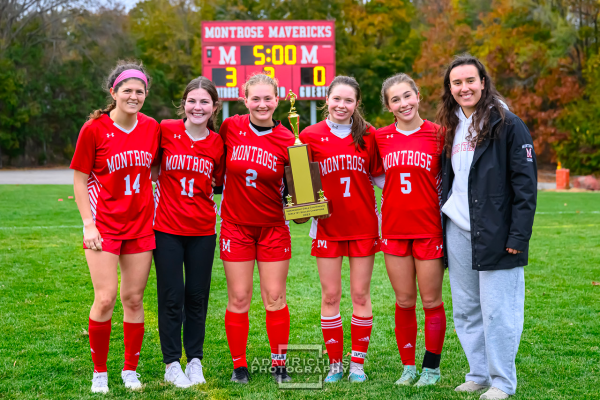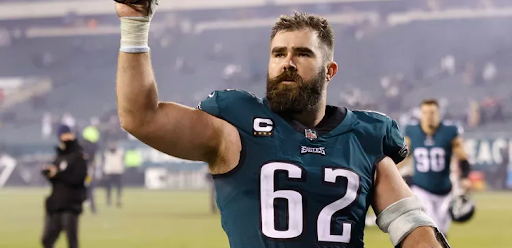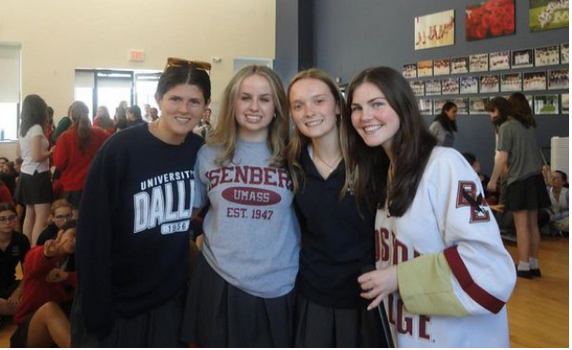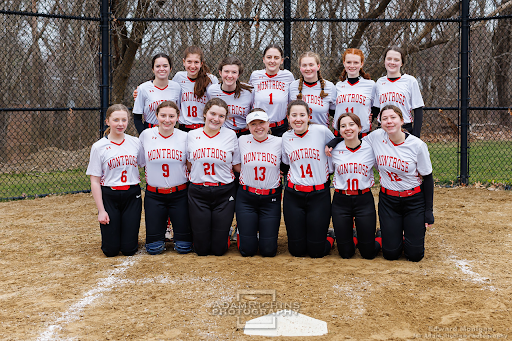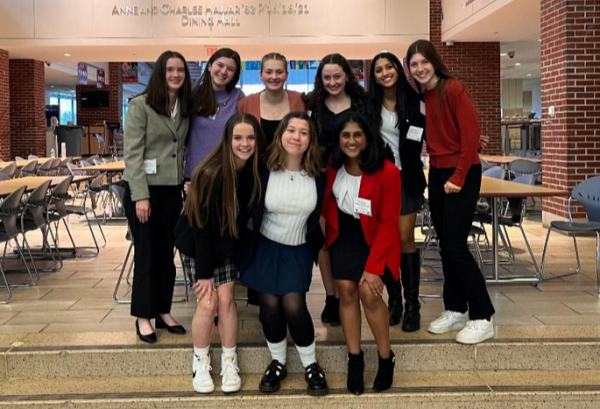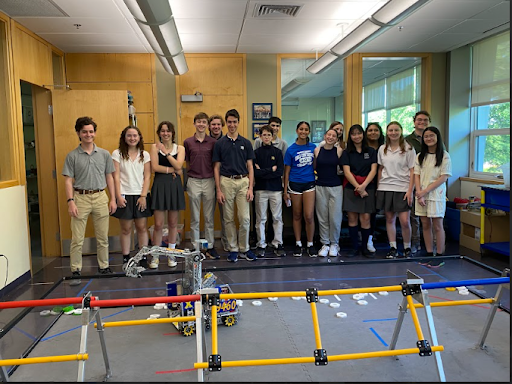Startup Football Leagues: Boom or Bust — Part 1: The World Football League
Over the years, countless professional football leagues have been established. Some of these leagues had intentions of directly competing with the largest and most popular professional football league out there: the NFL. Others had intentions of being startup leagues for players who may have played for smaller schools, went undrafted in the NFL, or didn’t have fulfilling NFL careers whatsoever – whether that came from being released and not picked up by another team, bouncing around a multitude of rosters, being on practice squads, or just simply not getting the playing time that they desire. However, from these many other leagues, we’ve learned that no football league can compete with the NFL as the majority of these leagues have been major busts. Throughout this little series, we’ll take a look at some of these leagues that have attempted to compete with the NFL or at least tried to work alongside them.
The World Football League (WFL) was around in the 1970s and intended to try and put the NFL out-of-business. The WFL also had intentions of bringing American football to a worldwide stage – however, the farthest that they ever got was placing a team in Hawaii, with the name “the Hawaiians.” The league started in 1974 and shut down in 1975, having played one full season and most of the second.
Here’s how that unfolded:
California businessman Gary Davidson was the one to invent the league with the help of a group of investors whom Davidson called “the founding fathers.” The league intended to begin in 1975. However, they were pressured to begin early due to the fact that players in the NFL were threatening to go on strike due to low pay (yes, the amount that NFL players are paid has gone up SIGNIFICANTLY since then), and the WFL investors used this as an opportunity to scoop up new talent and claimed to have signed over sixty NFL players to WFL rosters by June of 1974. Around this time, the two minor-league football leagues, the Atlantic Coast Football League, and the Seaboard Football League both shut down which happened because the WFL had also signed a predominant amount of their players.
Soon, the inaugural WFL season began. This came after a rollercoaster of an offseason, consisting of signing players from other leagues, a college draft, and teams changing their locations multiple times. The first season had a twenty game-long season, going from July to November. The schedule was a bit all-over-the-place with many teams playing on weeknights along with playing games just a few days after their previous one, and many two teams also played against each other in back-to-back games. Attendance-wise, the WFL went very strong in its first few weeks. However, soon after, two teams admitted to inflating their attendance numbers by letting tens of thousands of fans into the stadium for free.
It didn’t take long for money to become a contributing factor to the WFL’s downfall. One team, the Portland Storm, was so under-funded that players were reportedly fed by sympathetic fans. Meanwhile, another team, the Charlotte Hornets (not to be confused with the NBA team: the “Charlotte Hornets”) were unable to pay their uniform-laundry bill, and therefore had their uniforms taken away. Along with that, players on nine out of the twelve teams went anywhere from six weeks to three months without being paid, and due to this, the players for the Florida Blazers had to use meal vouchers at McDonalds as their main source of food.
Financially, the Detroit Wheels had it the worst, however. The group of owners had to pay out-of-pocket for the team’s expenses, and sometimes, they weren’t even able to keep up. Many of the team’s practices had to be canceled due to being unable to pay for their uniforms to be cleaned, and they couldn’t pay to travel to their away games. One of the worst incidents happened when the team’s insurance plans got canceled, and a player was forced to pay for his son’s hospital bill using his practically nonexistent paycheck. Another one of the worst incidents happened when the Wheels traveled to Philadelphia to play against the Philadelphia Bell. They were about to take the field, only to find out that there had been no funding for medical supplies or athletic tape, and therefore, the team didn’t have any. After the players refused to take the field, a salesman who was in attendance at the game ended up donating enough medical supplies for the team to finish out the game. After playing just fourteen out of twenty games in the first WFL season, the Wheels, along with the Jacksonville Sharks, were shut down.
Soon, the playoffs rolled around for the inaugural WFL season, which went from having major potential to being a complete disaster. The Charlotte Hornets, who were hosting one of the games in the first round of the playoffs, were forced to withdraw from the playoff as they’d only sold a thousand tickets for the game. After a crazy few rounds of playoffs, the championship game, The World Bowl, took place between the Birmingham Americans and the Florida Blazers in Birmingham, Alabama. However, there was a chance that this game wouldn’t get to be played as the Americans owed two-hundred thirty-seven-thousand dollars in taxes, and the team only agreed to play because they were promised championship rings if they won. The Americans ended up winning, 22-21, and as soon as the game ended, the team’s uniforms were seized to help with team debts.
After this, many collapses began to take place in the WFL. Blazers’ coach, Jack Pardee, went back to the NFL to coach the Chicago Bears, and it was discovered that owner Rommie Loudd was funding the team through the selling of cocaine, along with a tax evasion scandal, both of which he was arrested for at the end of the season. Due to all of this, the ownership of the team was auctioned off. At the same time, many players who had left the NFL to join the WFL were looking for any possible way to get out of their WFL contracts.
Although many thought that the league wouldn’t come back for a second season after all that happened, they came back, this time, with only eleven teams, instead of twelve, and an eighteen-game regular season, instead of twenty. During the time leading up to the season, teams reappeared in different locations under different names and different owners. Gary Davidson was also no longer the league’s commissioner after being forced to retire back in October of 1974 when he was replaced with the then-Hawaiians owner Christopher Hemmeter. Hemmeter created a new salary-system for the league which revolved around a percentage of the team’s revenue instead of a flat-salary. There was also a uniform proposition which had players wear different colored pants based on position and for those who weren’t watching on color-television, different prints, such as pinstripes or stars, were added to some position’s pants. This idea didn’t end up working out, though, and didn’t move forward after the preseason games.
A few weeks into the season, the Chicago Wind made maximum effort to try and recruit Super Bowl III winning-quarterback Joe Namath to join the team, including an unaffordable salary and even changing the uniform to mimic that of the NFL team that he was playing for. However, Namath declined, and returned to the New York Jets in the NFL. Just five weeks into the season, the Wind ended up shutting down. Soon after, the WFL also lost its national television deals, meaning that people couldn’t watch the games on their televisions. Once again, this season posed extreme financial struggles which came due to decreasing attendance at games. In the 1974 season, the average game-attendance was around 21,423 fans per game which turned to around 13,931 in 1975. One-by-one, teams were forced to shut down and by October, only four remained. Just a few days before the thirteenth week of play, the WFL halted all operations, never to return again.
By Kristina Klauzinski ‘24, Rising Sports Editor
24kklauzinski@montroseschool.org

